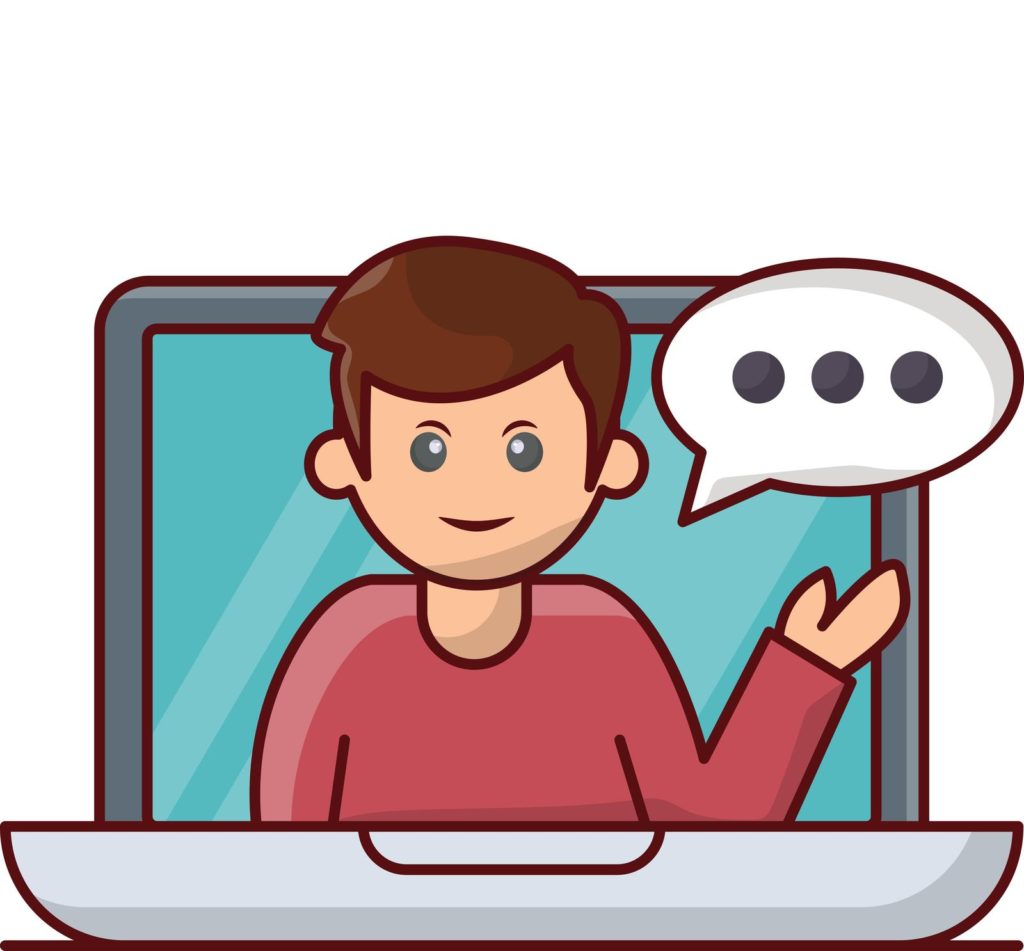I was recently interviewed via email for a student project that addressed some of the challenges & opportunities of coaching/training public speaking online. Below are 8 questions and my responses.
- Who do you teach/coach (adults, students, etc.)?
My target client is a subject matter expert who wants to speak with greater confidence and clarity. About 80% of my clients fall into this category. The other 20% are professionals (interviewing skills, work presentations) and I occasionally have students, whose parents pay my coaching fee.
- What is it like teaching clients online?
I don’t teach so much as coach, with some instruction and guidance. I love coaching online as the geography of the client doesn’t limit who becomes clients, and there is no travel involved. Typically, I do individual coaching sessions, but I also do online workshops with groups. Being able to divide the audience into breakout rooms for discussion/activities is so much easier online than in-person, especially because I can force the end of the breakout. In in-person discussions, some people don’t want to stop talking, so the transition takes longer in-person.
- How do you teach them effectively?
My coaching approach (from my website): My coaching approach focuses on mindset and skill-building. The most significant aspect of mindset is to focus on the needs and desires of the audience/client, and adjust communication accordingly. For skill-building, it depends on what is needed most, but communication is part content and part delivery. Key content considerations are message clarity, structure and illustration (examples, stories, data). Delivery is about presenting the content for impact (e.g., eye contact, body language, voice, presentation slides).
For many clients, I have a developmental approach in which they work on the same short speech for several sessions and add content and delivery elements incrementally (for example, adding stories, rhetorical devices, body language, slides).
I record our sessions and send the client a link to the recording. I recently added Yoodli, an AI component that provides analytics, and during our session, I will invite the Yoodli Zoom bot to the meeting, which is then recorded and uploaded to Yoodli. I can then send them the link to the Yoodli recording, which includes the video, a transcript, analytics, and if I want to, I can add additional coaching feedback (time-stamped)
This is my Yoodli site: https://virtualspeechcoach.yoodli.ai/
Here is a short demo (2 minutes): If I were Elon Musk’s Speech Coach
- What is the biggest problem with teaching clients online?
As compared with in-person coaching? For one-on-one coaching, there aren’t really downsides. For group work, having people distracted/multi-tasking is the biggest problem.
- What is the biggest problem clients face when practicing public speaking?
Poor practice techniques. A lot of people don’t practice in the same way they will be speaking (they use notes excessively, they start and stop, they don’t record and watch their practices and then use that to make small adjustments)
- What do you think is more critical: the speech itself or the presentation?
I think you are asking which is more important, content (speech) or delivery (presentation)?
Content is king. But poorly delivered content can turn a king into a fool. There is truth to “it’s not what you say, but how you say it,” but who wants to listen to well-delivered drivel?
- What is your most significant advice when critiquing the presentation performance of clients?
Provide actionable feedback. Make an observation, then tell them what the impact to the audience is based on the observation, and then finally give them something easy to practice to improve. Often, I will have them practice a technique immediately in front of me, so I can give them additional feedback.
For example, I might observe that a client is not making eye contact because they are reading their speech. I would say, [observation] “When you were speaking, you rarely made eye contact. It looks like you were reading from notes. [Audience impact] When you don’t make eye contact, your audience doesn’t feel connected to you, and they may doubt the credibility of what you’re saying. [small improvement] Let’s practice transitioning from written out sentences to using keyword notes.” Then, if time allows, I have an 8-10 minute exercise to help them practice the skill.
- Would it be beneficial for clients to use a form of technology at home to gain feedback and improve their public speaking skills?
Yes. See my answer to #3 (addition of Yoodli to my coaching programs). At a minimum, I would tell people to record their practice and watch the recording, looking for areas to improve.

